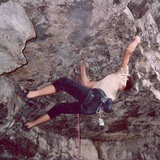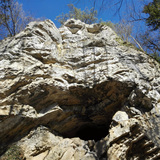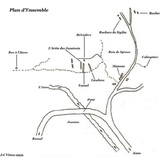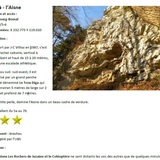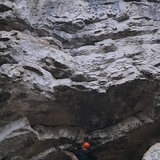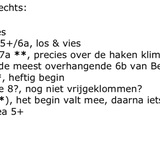⛔️ Climbing here is not allowed. ⛔️
Climbing has been tolerated here for decades, but no longer is. Please respect this closure to protect nature and for a potential future regularisation of the crag. Wandering in the forest of the trails is not allowed either. Please stay on the trails.
The topos are only available for historic reference.
🇫🇷ci-desous
🇬🇧
The crag is maintained by "Union Belge de Spéléologie" and the land is owned by the community of Durbuy.
The crag is mostly overhanging. The limestone is mostly compact, but sometimes a quite brittle. Thus, beware of falling rock.
The climbing is very athletic, on mostly good holds. Bolting is on glue-in bolts. Height is about 15m
The crag has a Southern orientation and dries quickly. This is a perfect winter spot. In summer climbing is possible too, thanks to the trees who give shade.
🇫🇷
Le massif est géré par l'Union Belge de Spéléologie. C'est la commune de Durbuy qui en est le propriétaire.
Le rocher est plutôt déversant sur un calcaire parfois compact, parfois délité. Attention aux chutes de pierres.
Escalade donc très athlétique en général sur bonnes prises. Equipement sur broches. Hauteur de +/- 15m.
Le rocher est orienté plein sud et sèche très vite. On peut y grimper en hiver et en plein été aussi vu les arbres qui donnent de l'ombre.
Le site se caractérise par son porche dénommé "Le Trou Diga".
